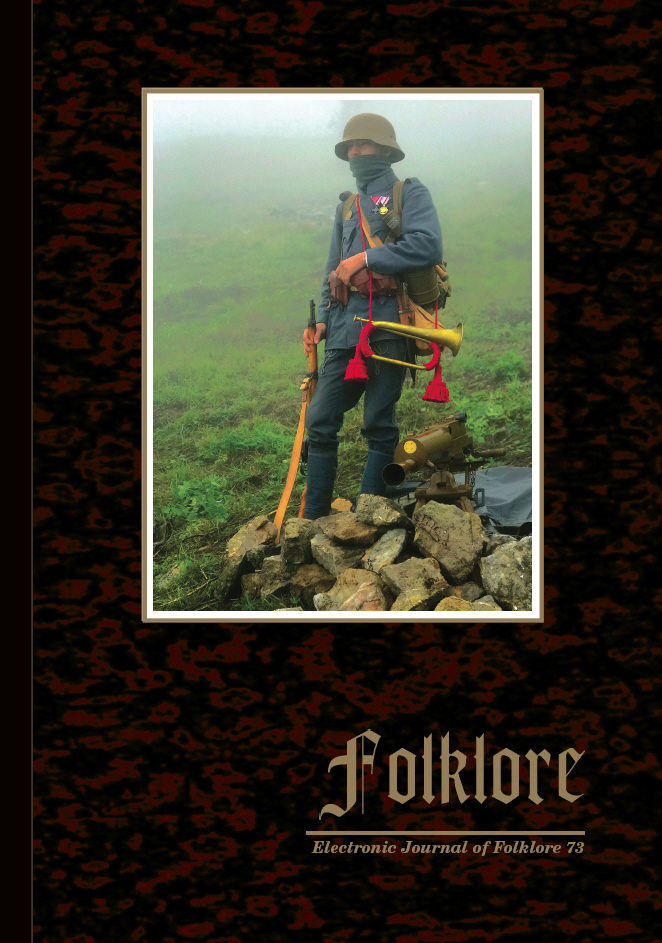Learning by Collecting: Amateur Collectors and Their Shifting Positions in the Isonzo Front Heritagization and
Tourism Adaptation
Learning by Collecting: Amateur Collectors and Their Shifting Positions in the Isonzo Front Heritagization and
Tourism Adaptation
Author(s): Boštjan KravanjaSubject(s): Customs / Folklore, Cultural Anthropology / Ethnology, Culture and social structure
Published by: Eesti Kirjandusmuuseum
Keywords: heritage management; heterotopias; Isonzo Front; private collections; tourism development
Summary/Abstract: Modern collection of war-related artifacts and military objects in the Upper Soča Valley started in the 1980s and increased after Slovenia gained independence in 1991. Today, eighteen private collections are open to the public in the Gorizia region (Koren 2015: 205), but it is estimated that there are fifty to one hundred more (Kofol 2015: 276) that have not been inventoried by any publicly funded institutions. This article1 evaluates the phenomenon and growth of collecting artifacts from the Isonzo Front. The heritagization of the front’s material culture and its adaption to tourism started in 1990, but it greatly developed in the following decades. The global marking of the First World War centenary (2014–2018) gave this development further impetus. Within these processes, amateur collectors are increasingly perceived with ambiguity. On the one hand, “good” collectors are presented in the front’s heritage landscape as its founding fathers, but on the other “bad” collectors are presented as problematic in relation to the region’s archaeological heritage.
Journal: Folklore: Electronic Journal of Folklore
- Issue Year: 2018
- Issue No: 73
- Page Range: 95-116
- Page Count: 22
- Language: English

